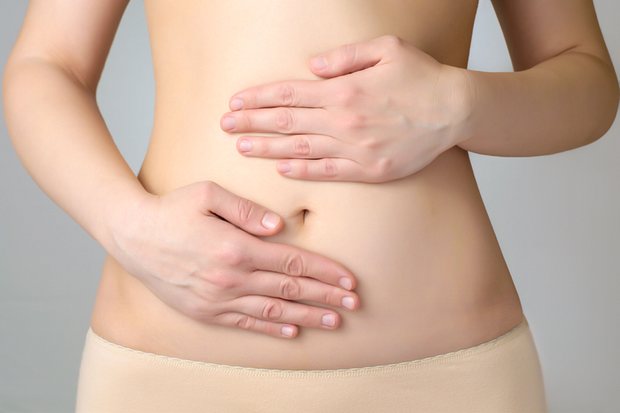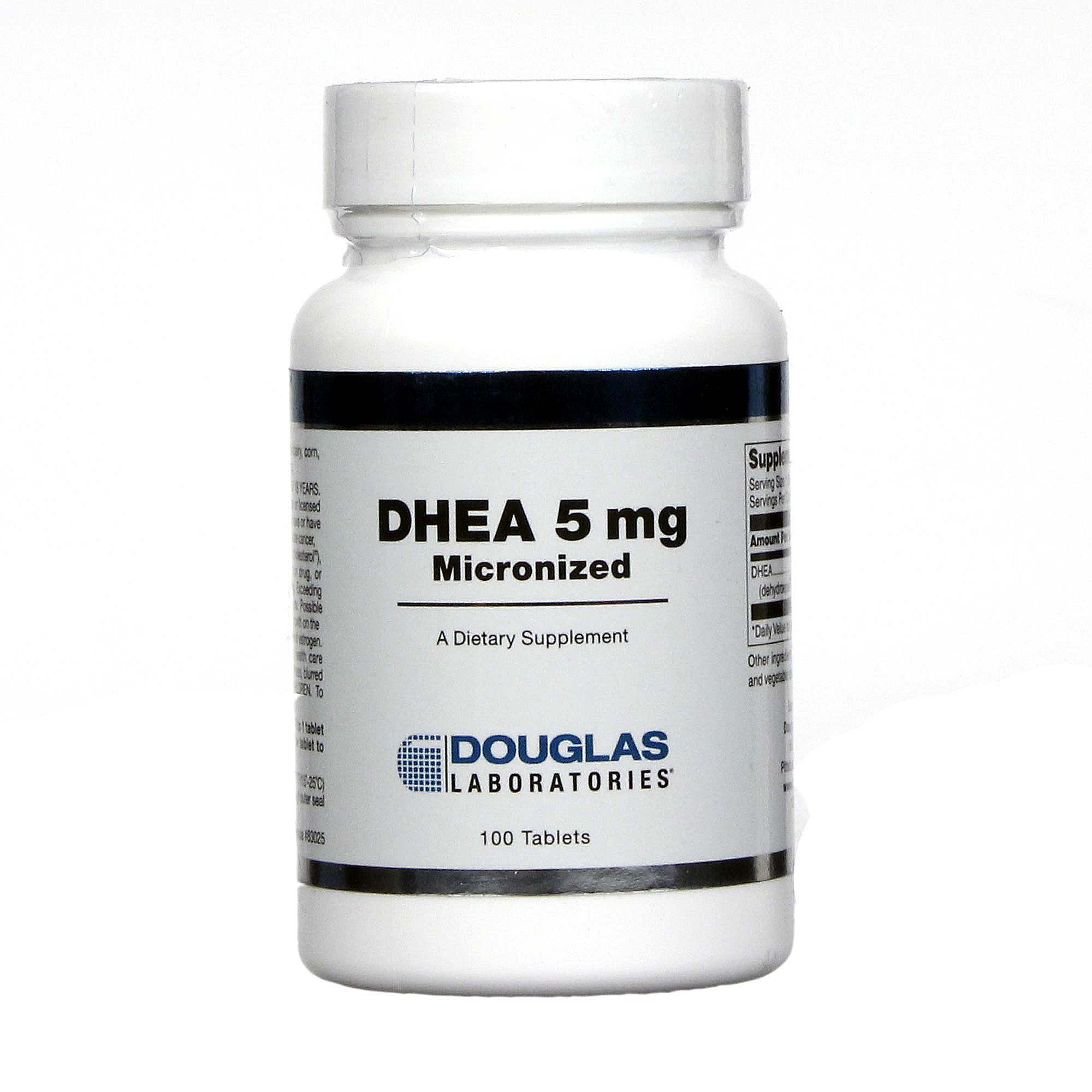
Once upon a time we have had food, plain and simple, without a prefix or a hashtag in sight. We ate locally and seasonally and whenever it was available. Sometimes we got eaten while trying to find food, sometimes we ate something that could have killed us and sometimes we died of starvation. Eating should be more simple now, except that man, in his wisdom, likes to complicate things.
So we ship food all around the world, we eat things that belong to other creatures and which they rely on for their survival, and we take produce that indigenous people have eaten for centuries, driving up the price and demand making it impossible for them to afford. We don't have just plain food anymore, we have health food, fast food, clean food (my personal pet hate), good food, bad food, real food, organic food, super food and many more.
Let's take 'superfoods' for instance. Of course, some foods are more nutrient-rich than others. But we must be careful not to be lulled into a false sense of security and believe that by eating large quantities of these superfoods we are protecting ourselves, or treating serious diseases and illnesses. Nutrient-dense superfood powders are the height of fashion, but do we actually need them?
Many of us take superfood powders, whisked into juices, smoothies or simply water. But are they any better for us than popping a supplement or simply eating ordinary foods? And if they're worth their superfood label, which are the best to pick? We take superfood powders because they're 'nutrient dense', and in particular, dense in the antioxidants that protect our bodies cells from damage by harmful free radical molecules. Nutrient dense foods provide concentrated nutrition with the minimum of calories, potentially harmful fats and sugar. So far, so logical.
But supplement pills are even more concentrated - so are these pills 'better'? Unfortunately, probably not. While epidemiology (population studies) shows that diets high in antioxidants such as vitamins A, E and a whole host of phytochcmicals are linked with reduced risk of chronic diseases such as cancer, heart disease and type 2 diabetes, clinical trials using supplements of these individual nutrients (particularly vitamin E and betacarotene) generally fail to show any benefit, and some have even increased the risk of illness and death. 'Real food' has a protective effect not shared by the processed and purified supplement form. It appears that other - as yet unidentified ~ components of nutrient-dense food arc behind those beneficial health effects. Ironically, it could be what we don't know about superfoods that's doing us good!
Small but Mighty
Superfood powders tend to be rich in minerals such as magnesium, which many people don't eat enough of Taking a powder is a safer, gentler way of boosting your intake than popping a pill. Of course, superfood powders aren't substitutes for a healthy diet - they're a top-up; a safety net for people already eating healthily. Living on junk food with a few superfood powder smoothies to detox the damage is not the way to go!
So, if you decide to add superfood powders to your diet, what should you look for, and how should you take them? Choose a minimally processed powder, organically and sustainably produced by a reputable company. Beware buzzwords and marketing, and look instead for a research-based brand backed up by solid science. Also remember that powders should be taken regularly. Decide what you want and find one that ticks your boxes, rather than flitting between different ones and never noticing the benefit of any.
Pick your Powder
Green powders are justifiably among the most popular. Studies suggest that vegetables are 'healthier' than fruit, due to their phytochemical profiles combined with a lower sugar content. A study conducted by University College London (UCL) Research concluded that each daily portion of vegetables reducing overall risk of death by 16%, while each fruit only lessened risk by 4%.

These powders are green thanks to chlorophyll. Orange beta-carotene (in most green vegetables its colour masked by the green chlorophyll), is probably the best known and researched plant pigment, but chlorophyll is also a powerful antioxidant. Arguably the most potent are the algae, which are rich in protein, iron and B vitamins. The microalga spirulina is probably the champion, but chlorella also has excellent credentials. Some say these powders are an 'acquired taste', but I found they had a pleasantly fresh, green flavour.
- Everyone's familiar with cocoa, but raw cacao powder is in a different league regarding antioxidant polyphenols, which help protect cells from damage leading to cancer and clogged arteries. It undergoes minimal processing, leaving it far higher in beneficial compounds than ordinary cocoa powder. I have previously written about this: Raw Chocolate: Exploring the Hype
- Acai powder, from a Brazilian berry, has a 'berryish' taste with a hint of chocolate. Berries for powder are picked and dried at peak freshness, so retain more antioxidants than berries destined for eating. I have previously written about this: http://yaso-shan.blogspot.co.uk/2011_03_01_archive.html
- Baobab, with its tart, citrus flavour, is generally taken for its vitamin C, but it's also rich in other antioxidants, plus iron and calcium. Research suggests that it could help with blood sugar control.
- Moringa is good for protein, B vitamins, vitamin C, vitamin K and beta-carotene. Thanks to their high nutrient content, the powdered leaves are used to treat malnutrition in developing countries, and a small clinical trial showed a beneficial effect on blood cholesterol. It has a bit of an 'earthy' taste, but works well in smoothies and juices. I have previously written about this: Focus on Moringa and http://centella-skincare.blogspot.co.uk/2014_08_01_archive.html
- The adaptogen maca, like ginseng, is taken to boost energy and manage stress. It's used as a medicinal herb in its native South America, and studies suggest that it could actually mimic the effects of hormone replacement therapy (HRT).
Milled/ground flaxseeds are a useful source of omega-3 essential fatty acids for those who can't get it from fish oil - they're especially high in alpha linoleic acid (ALA). They also contain antioxidant lignans, and phytoestrogens that can help balance hormones. Plus ground flax has a thickening effect when blended
with water and allowed to stand a while - great when making thicker smoothies and smoothie bowls.
While single-ingredient superfood powders provide a targeted boost, blends are popular as they combine the benefits of many. They also allow tastier powders to mask the taste of the less pleasant ones. Just don't be misled by impressively long ingredients lists 'padded out' with cheaper, less beneficial components. This is where it really pays to be an educated consumer!
People tend to overdose on certain produce to make up for inadequacies elsewhere in their diet and lifestyles. Actually, you are far better off eating a wide range of seasonal foods than relying on one particular type, because that way you are more likely to get a better range of micro nutrients.
Turmeric may kill cancer cells in the petri dish, but that does not mean putting it in a smoothie will treat cancer. I had a patient who smoked 20 cigarettes a day and drank a superfood smoothie every morning to compensate! Sadly it doesn't work like that.
You know the old adage 'less is more'? Well, when it comes to nutrition that is the case. In Chinese medicine we use the term 'overly nutritious'. Yes, you can have too much of a good thing. Eating an excess of one substance, no matter how good it is for us, can throw the body out of balance. This has been demonstrated in the case of thyroid function and the consumption of goitrogenic foods including kale, the number one famous superfood. Eating large amounts of these foods increases your intake of thiocyanate and can interfere with iodine uptake. The thyroid needs iodine to produce thyroid hormone and drinking or eating (although it would have to be a huge amount of) these foods can lead to hypothyroidism (underactive thyroid).
The Bottom Line
The idea of foods having exceptional health benefits is an attractive one, and has surely fuelled the public interest in superfoods. Indeed, the science in this area has demonstrated that certain components of foods and drinks may be particularly good for you. This is also reflected in the existence of approved health claims, for which the European Food Safety Authority has found the scientific evidence base to be sufficiently convincing.19 At the same time, it is unrealistic to expect a narrow range of ‘superfoods’ to significantly improve our well-being. When looking at the evidence behind superfoods, we need to be realistic about how this translates into real diets.
Labelling some foods as ‘super’ in the media may also give the impression that other foods in our diets are not as healthy when, in reality, these foods often provide nutrients just as valuable as those found in superfoods. Carrots, apples and onions, for example, are packed with health-promoting nutrients such as beta-carotene, fibre, and the flavonoid quercetin.20 Wholegrain varieties of cereal-based starchy foods such as bread, rice and pasta are also high in dietary fibre. In adults, dietary fibre intake should be at least 25 g per day.21 These foods often have the added benefit of being cheap and readily available. This means we can easily consume them in large enough quantities and on a regular basis to get the most from their nutrient content. Given that most people in Europe are not eating enough fruit and vegetables to meet dietary recommendations, upping our daily intakes of a variety of fruits and vegetables will go a long way towards generally improving our well-being.
Conclusion
When it comes to ensuring a balanced nutrient intake for good health, we need to increase the range of nutritious foods in our diets rather than focusing solely on a handful of foods claimed to be ‘super’. Importantly, this should include a greater quantity and variety of fruits and vegetables. Many European countries provide food-based dietary guidelines to help people reach this goal.
Further Reading & Reference: http://www.eufic.org/article/en/artid/the-science-behind-superfoods/













